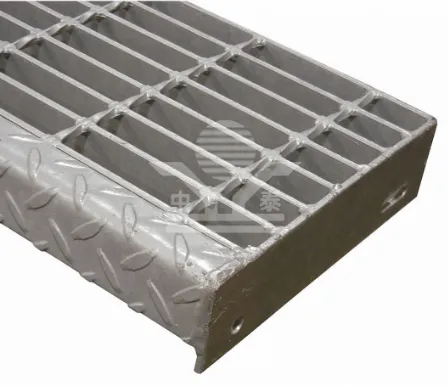Understanding Prison Mesh Fencing Security, Design, and Applications
Prison mesh fencing is a vital component in the architecture of correctional facilities. Designed primarily to enhance security and ensure the safety of both inmates and staff, this type of fencing incorporates specific features tailored to the needs of prisons and detention centers. In this article, we will explore the various aspects of prison mesh fencing, including its design, materials, benefits, and applications.
Design and Construction
Prison mesh fencing typically consists of welded wire panels that are engineered to resist tampering and cutting. The mesh is often made from high-tensile steel wire, providing excellent strength and durability. The fencing can vary in height, with taller installations serving as a deterrent for escape attempts. Common heights range from 3 meters (approximately 10 feet) to over 5 meters (approximately 16 feet), depending on the security requirements of the facility.
Moreover, the mesh itself is constructed in a way that makes it difficult for inmates to climb. Many designs feature angled or rounded tops, such as v or barbed configurations. These design elements not only deter climbing but also prevent the possibility of sheltering from surveillance. Furthermore, the mesh fencing is often coated with anti-climb paint to enhance its effectiveness.
Materials Used
The materials used in the construction of prison mesh fencing are typically resistant to corrosion and harsh environmental conditions, ensuring longevity and low maintenance requirements. Commonly used materials include galvanized steel and stainless steel, both of which are known for their mechanical strength as well as their resistance to rust and decay. This durability is essential in ensuring that the fencing remains secure over time, minimizing the need for frequent replacements or repairs.
Benefits of Prison Mesh Fencing
prison mesh fencing

The advantages of utilizing prison mesh fencing are numerous
. Primarily, it serves as a physical barrier that can effectively contain inmates, preventing escapes while ensuring that outside individuals cannot gain unauthorized access. This is critical for the safety of the public and the overall integrity of the correctional facility.In addition to physical security, prison mesh fencing facilitates visibility. The open structure of the mesh allows for clear sightlines, enabling guards and monitoring personnel to have a comprehensive view of the yard and surrounding areas. This visibility plays a vital role in surveillance, helping staff to quickly identify any suspicious activities and respond accordingly.
Another significant benefit is the cost-effectiveness of prison mesh fencing. Compared to traditional solid barriers, mesh fencing is often more affordable to install and maintain. Its lightweight nature reduces shipping costs and installation time, making it an attractive option for many correctional facilities.
Applications Beyond Prisons
While prison mesh fencing is primarily associated with correctional facilities, its applications extend beyond these environments. This type of fencing is also used in various sectors, including schools, military bases, and recreational areas, where security is a concern. In schools, for example, mesh fencing can protect students while allowing for visibility and an open atmosphere. Military installations may use it to secure sensitive areas without obstructing surveillance.
Furthermore, some cities utilize prison mesh fencing in public spaces to deter vandalism and unauthorized access to certain areas. Parks and playgrounds may adopt this solution to ensure children’s safety while maintaining an open and welcoming environment.
Conclusion
In conclusion, prison mesh fencing represents a critical element in correctional facility design, providing security, durability, and visibility. With its robust construction and numerous applications, it effectively meets the needs of a wide range of environments. As security challenges evolve, the importance of innovative fencing solutions like prison mesh fencing will continue to be paramount in safeguarding both people and property. Investing in such infrastructure is fundamental for modern security practices, making it an indispensable asset in today's world.
-
Why Galvanized Trench Cover Steel Grating Resists Corrosion
NewsJul.10,2025
-
The Versatility and Strength of Stainless Expanded Metal Mesh
NewsJul.10,2025
-
Load Calculations in Steel Grating Platforms
NewsJul.10,2025
-
Keeping Pets and Kids Safe with Chicken Wire Deck Railing
NewsJul.10,2025
-
Hole Diameter and Pitch for Round Perforated Metal Sheets
NewsJul.10,2025
-
Aluminium Diamond Mesh in Modern Architecture
NewsJul.10,2025
Subscribe now!
Stay up to date with the latest on Fry Steeland industry news.

